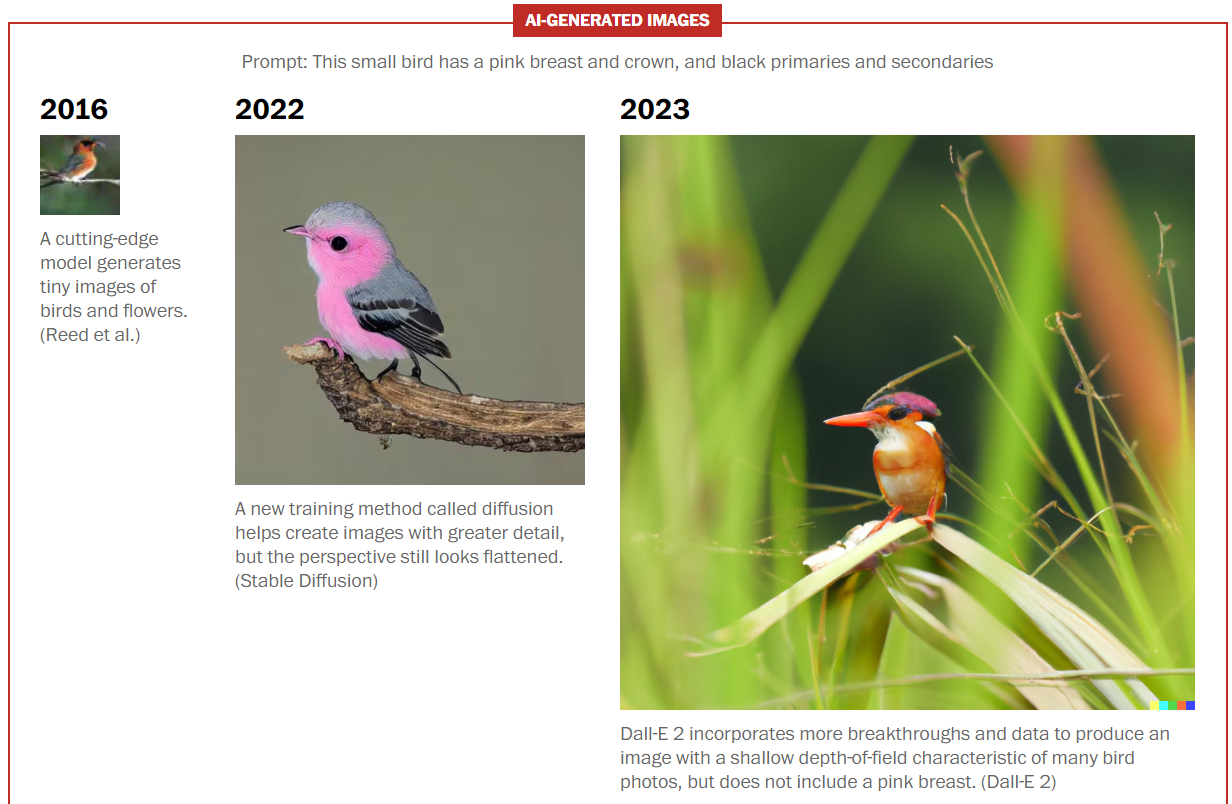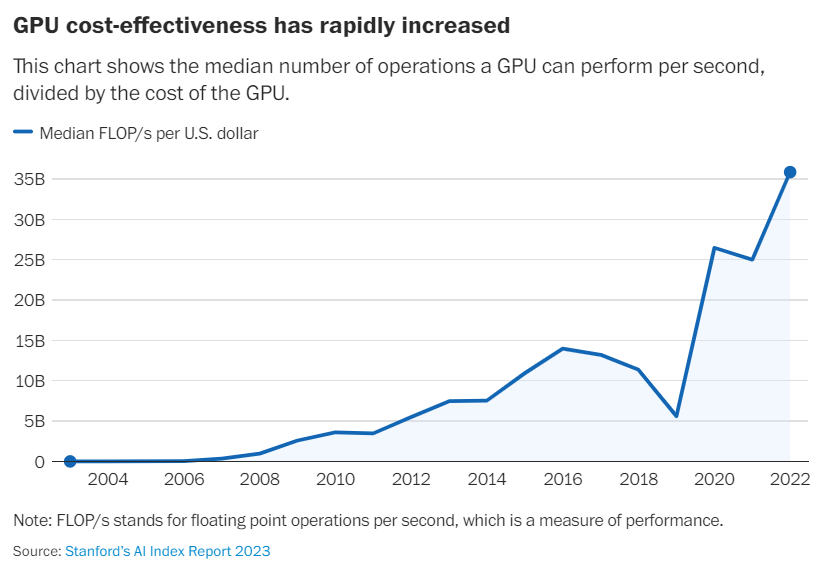American society and governance is a turtle. AGI (artificial generative intelligence) is a fast cheetah running flat out and pulling away from society and government at a shocking speed. Folks, we are caught flat footed. This thing is out of control. And, it's getting smarter by the day.
Artificial intelligence has become shockingly capable in the past year. The latest chatbots can conduct fluid conversations, craft poems, even write lines of computer code while the latest image-makers can create fake “photos” that are virtually indistinguishable from the real thing.It wasn’t always this way. As recently as two years ago, AI created robotic text riddled with errors. Images were tiny, pixelated and lacked artistic appeal. The mere suggestion that AI might one day rival human capability and talent drew ridicule from academics.
What is artificial intelligence?
AI is an umbrella term for any form of technology that can perform “intelligent” tasks. For decades, AI has been mostly used for analysis — trawling huge sets of data to find patterns. But a boom in generative AI, which uses this pattern-matching to create words, images and sounds, has opened up new possibilities.
What is generative AI?
The technology backs chatbots such as ChatGPT and image generators, such as Dall-E, which can create words, sounds, images and video, sometimes at a level of sophistication that mimics human creativity. This technology can’t “think” like humans do; it can find patterns and imitate speech, but it can’t interpret meanings.How does AI learn?
AI can “learn” without programmer to tell it each step, a process called machine learning. It uses neural networks, mathematical systems modeled after the human brain, to find connections in huge data sets. The poems or images it makes may seem creative, but it’s really pattern matching based on which word is most likely to come next.
Much of this recent growth stems from a new way of training AI, called the Transformers model. This method allows the technology to process large blocks of language quickly and to test the fluency of the outcome.
It originated in a 2017 Google study that quickly became one of the field’s most influential pieces of research.
The model allows AI tools to ingest billions of sentences and quickly recognize patterns, resulting in more natural-sounding responses.
Another new training method, called diffusion, has also improved AI image generators such as Dall-E and Midjourney, allowing nearly anyone to create hyper-realistic photos with simple, even nonsensical, text prompts, such as: “Draw me a picture of a rabbit in outer space.”
Researchers feed these AI models billions of images, each paired with a text description, teaching the computer to identify relationships between images and words.
The diffusion method then layers “noise” — visual clutter that looks like TV static — over the images. The AI system learns to recognize the noise and subtract it until the image is once again clear.
The cost to compute is dropping. In 2023, $1 buys about 35.5 billion FLOPs/second. A FLOP refers to FLoating Point Operations.* Note the steep drop in price in the curve from 2019 until now.
The BaGuaLu AI system (upper right) uses 14.5 trillion
parameters, making it currently the most
sophisticated AI system in operation
The first AI system in the 1970's, Bootstrap Adaptation (lower
left) operated with 21 parameters
Experts say it’s hard to predict how much better AI will get. Major obstacles stand in the way of further development. These models are expensive to run [Huh? I thought they were getting cheaper to run?] and exact a staggering environmental toll. They confidently churn out wrong, nonsensical and sometimes biased answers, while creating lifelike images that could sow confusion.
Most people are likely to interact with this new technology in the near future. But how useful it will be and what impact it will have on society remains to be seen.
Something serious is going on here and no one has a handle on it. The big players pushing this forward, including the US military and Google, openly admit they are in an arms race and will not slow down for fear of being overtaken by enemies or competitors. We are going to experience the good, bad and ambiguous consequences of whatever AGI is turning itself into.





No comments:
Post a Comment